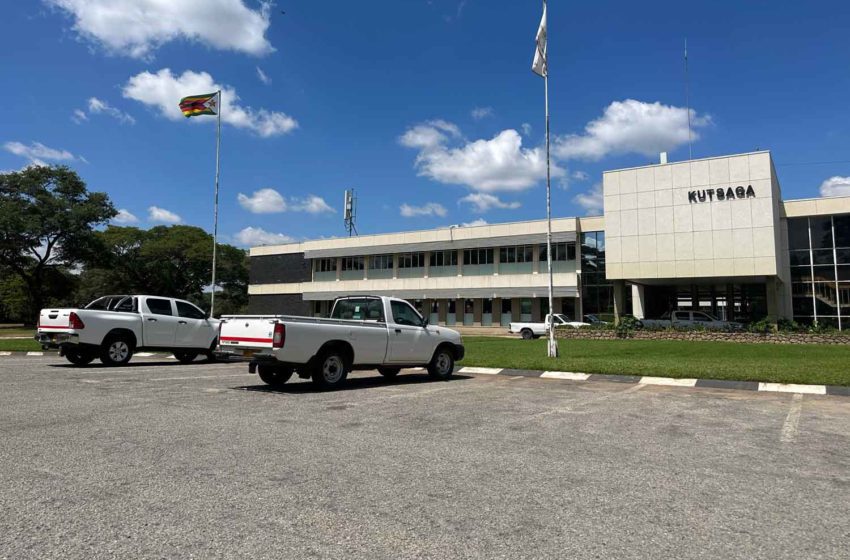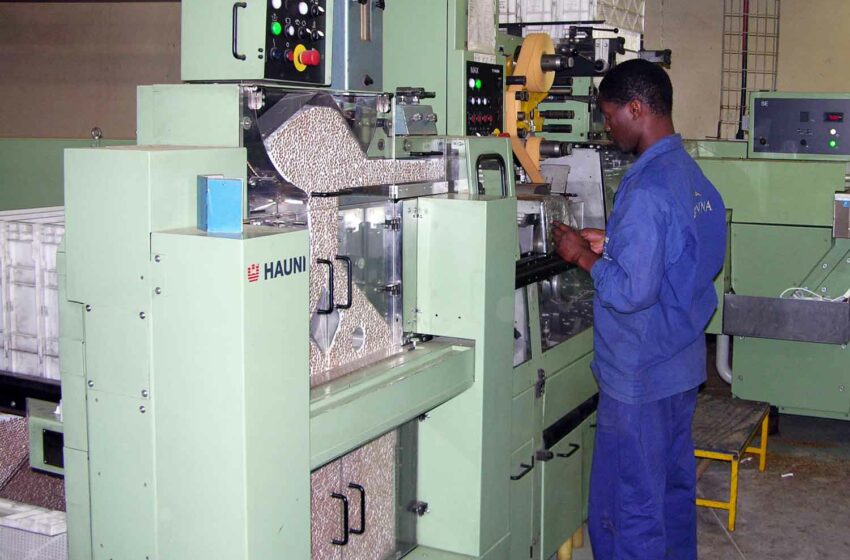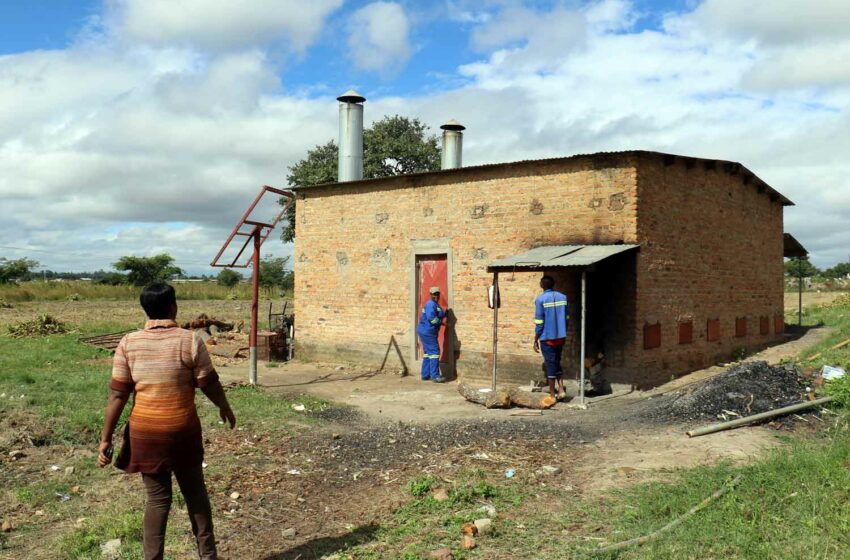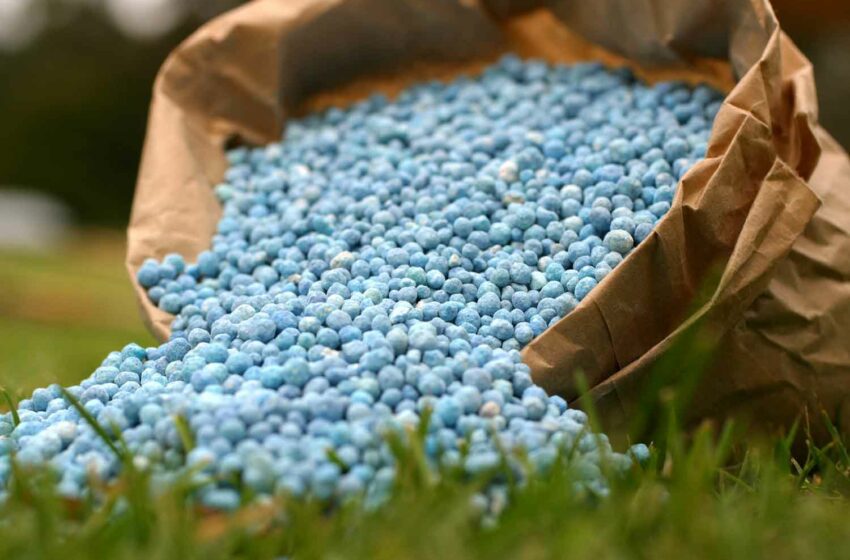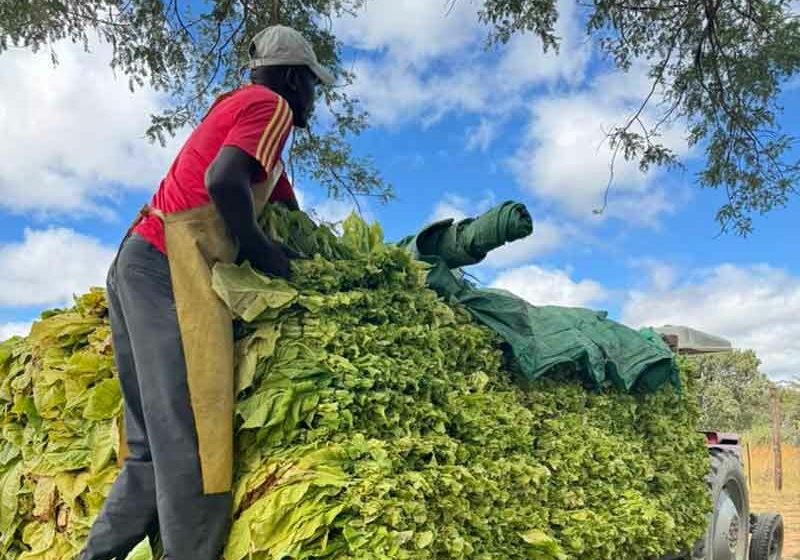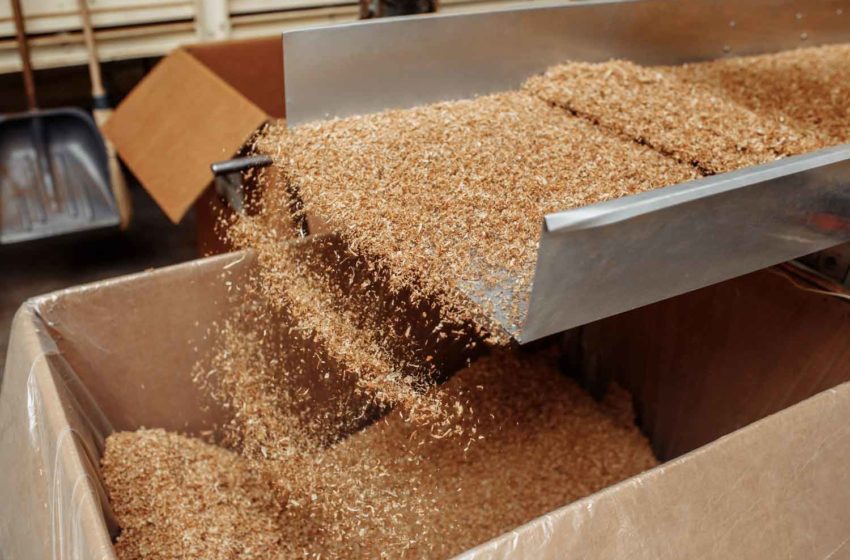The varieties will help growers cope with increasingly challenging climatic conditions. Read More
Tags :Zimbabwe
But the leaf tobacco power-house ranks only 42nd among cigarette exporters globally. Read More
The project aims to reduce cost, raise efficiency and boost sustainability for smallholders. Read More
The technology could help farmers diversify income. Read More
Zimbabwean yield projections dropped to 500,000 kg due to the El Nino weather pattern.Read More
The move fits with Zimbabwe’s objective to move up the tobacco value chain. Read More
Cavendish Lloyd is eager to expand shisha tobacco production in Zimbabwe and elsewhere. Read More
Despite effects from El Nino, fewer bales have been rejected this year compared to last year. Read More
The first sale recorded a high price of $7.05 per kilogram. Read More
Most Zimbabwean growers rely on foreign buyers to finance their operations. Read More
